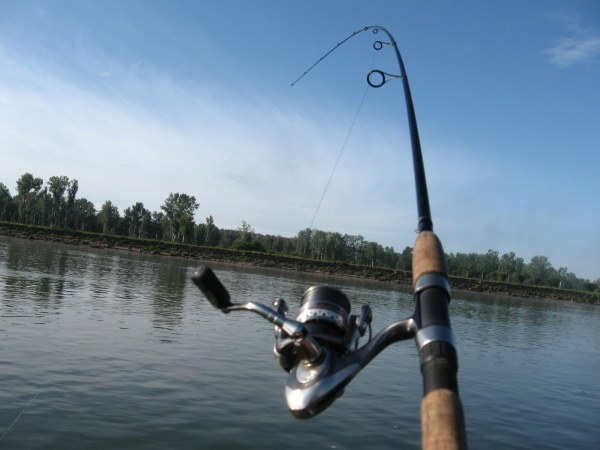You will need
- pencil;
- — scissors;
- — insulating tape.
Instruction
1
Assemble the rod, and inspect all connections. Secure the coil on the spinning. To do this, install and lock it in the reel seat.
2
Make at the end of the fishing line loop. Pull it through a special ring spinning. It is necessary to take a reel and miss the end of the fishing line in the small ring spinning. Pull the line to the next hole. Proceed by analogy to until the end would not reel.
3
Take a pencil. Put on his reel. Have an assistant hold her. This is necessary in order to provide the necessary resistance when winding - otherwise, the line can be twisted. However, it should be remembered that the resistance should not be too strong because it may subsequently lead to the formation of "spirals" in the spool.
4
Open the arc of laccolites and secure the fishing line on the spool. As a rule, it is sufficient to wear a special loop on the latch. Close the shackle. Slow, graceful movements rotate the handle of the reel, spooling the fishing line. Carefully watch the tension of fishing line should not SAG and form "helices".
5
Check the location of the fishing line on the spool. Winding at the correct distance from the rim of the spool to the edge of the line should be 1-2 mm. It is in this position gives the maximum range of "throw". If the coil has already been completed, and the scaffold still, it is necessary to cut off the excess. If the length of the line is insufficient to correctly fill the spool, it is advisable to wind up the fishing line from the spool. Make a "substrate" of the required thickness, wound several layers of insulation tape on the spool. Repeat the process of winding.
6
After fishing it is recommended to do 2-3 extra "cast", holding the rod vertically. This will allow to dry the line and avoid the formation of loops.
